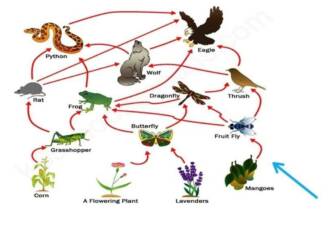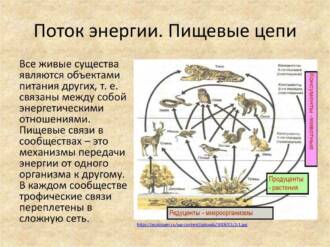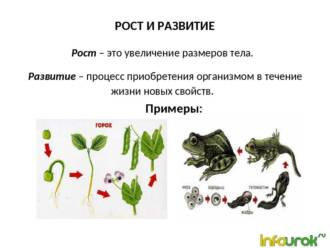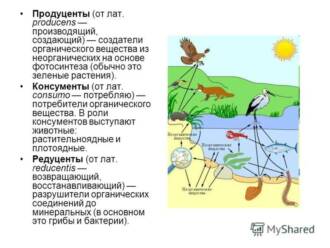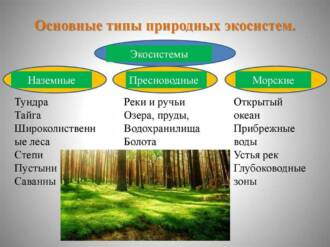
Butterflies are one of the most beautiful and graceful insects that can be found in nature. They not only delight us with their unique beauty, but also play an important role in maintaining biodiversity through the food chain.
The interaction of butterflies with other organisms in nature is an important factor in determining the ecological sustainability of ecosystems. Butterflies act as pollinators, carrying pollen from one plant to another. This contributes to the reproduction of plants and the maintenance of their populations.
In addition, butterflies are a food source for many predators. Their caterpillars serve as food for birds, lizards, spiders and other predators. Thus, butterflies occupy an important place in the food chain, providing food for other animals and maintaining the balance in nature.
Biodiversity in nature and its significance
Biodiversity is the variety of life on Earth, expressed in the diversity of species of living organisms, their genetic diversity and the diversity of ecosystems. Biodiversity plays a key role in maintaining the stability and functioning of ecosystems and ensuring the sustainable development of the planet.
Ecological role of biodiversity
Biodiversity plays an important role in maintaining the balance in nature. Species diversity allows ecosystems to be resilient to changes in the environment. Each species plays its own unique role in the ecosystem, performing specific functions such as plant pollination, seed dispersal, decomposition of organic material, and others. If one species disappears, this can lead to disruption of a number of relationships and the functioning of the ecosystem.
Economic Importance of Biodiversity

Biodiversity is also of great importance for the economy. Many useful plants and animals are used in agriculture, medicine, industry and other areas of activity. In addition, ecotourism, related to the observation of animals and plants in their natural habitat, is one of the sectors that contribute to the development of the regions.
Threats to biodiversity
Today, biodiversity is under serious threat. One of the main reasons for the reduction of biodiversity is the destruction of natural habitats under the influence of anthropogenic factors, such as deforestation, pollution of water bodies, landscape changes for construction and industry. In addition, climate change also has a negative impact on biodiversity, causing the extinction of many species.
To preserve biodiversity, it is necessary to take measures to protect natural habitats, eliminate the causes of its decline, control the use of natural resources and develop environmentally sustainable management practices.
The role of the food chain in maintaining biodiversity
In nature, there is a complex system of interconnected organisms called the food chain. The food chain plays an important role in maintaining biodiversity, that is, the diversity of living organisms on Earth.
The food chain consists of trophic levels: producers, primary consumers, secondary consumers and possibly tertiary consumers. Producers, such as plants, synthesize organic substances from inorganic substances using solar energy. Primary consumers, such as herbivores, feed on plants. Secondary consumers such as predators feed on primary consumers. Tertiary consumers may feed on secondary consumers.
The variety of living organisms in the food chain ensures biodiversity. Each organism takes its place in the chain, performing a specific function. For example, plants, as producers, are a source of food for other organisms. Herbivores, in turn, feed on plants, which helps control their population and distribution. Predators, secondary consumers, regulate the number and diversity of primary consumers, thus maintaining balance in the food chain and biodiversity in general.
The importance of the food chain for biodiversity is as follows:
- The food chain allows energy and nutrients to move from one organism to another.
- It helps in maintaining the balance in the ecosystem by controlling the populations of various species.
- The food chain provides ecosystem resilience by influencing nutrient and energy cycles.
- It contributes to the conservation of genetic diversity, since each organism in the food chain has its own unique role.
Thus, the food chain plays an important role in maintaining biodiversity, ensuring the sustainability of the ecosystem and the preservation of the diversity of living organisms. Understanding and maintaining this role are key aspects in nature conservation and maintaining the ecological balance.
Butterflies as important participants in the food chain
Butterflies play an important role in maintaining biodiversity through their participation in the food chain. They are one of the key links in this chain, providing the transfer of energy and nutrients from plants to other living organisms.
Adult butterflies feed on the nectar of flowers, acting as pollinators. They collect pollen on their paws and transfer it from one flower to another, contributing to the fertilization of plants. Thus, butterflies play an important role in plant reproduction and maintenance of their populations.
Butterfly larvae, also known as caterpillars, are a food source for many other animals. They are vital food for birds, insectivorous animals and other predators. Caterpillars are rich in nutrients and their consumption is an important source of energy and nutrients for predators.
In addition, butterflies are also food for a number of other insects. For example, they may be fatty for certain types of spiders or insect predators. In this way, butterflies form complex food webs where they are both prey and predators, playing a role in maintaining balance in the ecosystem.
In general, butterflies are important participants in the food chain, providing the transfer of energy and nutrients from plants to other living organisms. Their role in maintaining biodiversity is invaluable, and the preservation of their numbers and diversity is an important task for the conservation of nature and ecological balance.
The effect of butterflies on plants and other animals
Butterflies play an important role in maintaining biodiversity through the food chain. They influence plants and other animals with their behavior and diet.
The influence of butterflies on plants
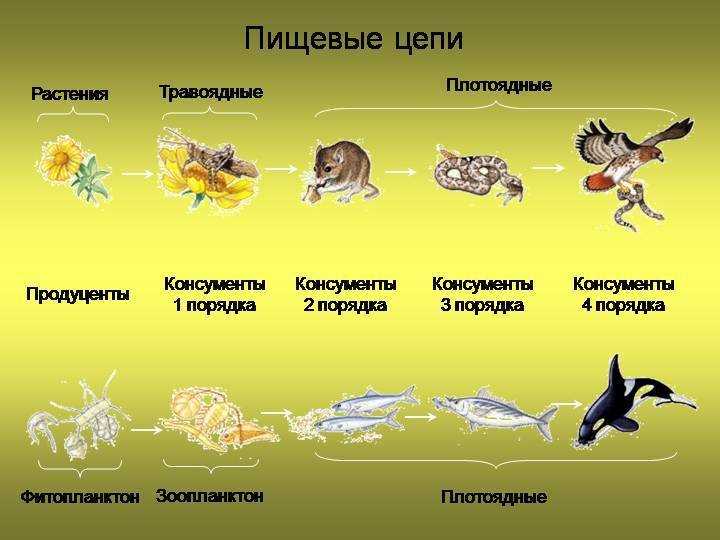
Butterflies are pollinators of many plants. They carry pollen from one flower to another, promoting pollination and fruit formation. Without the participation of butterflies, many plants would not be able to reproduce and maintain a population.
In addition, some species of butterflies are the main food plants for caterpillars of other insects. For example, the monarch butterfly lays its eggs on spurge, which is the only food source for its caterpillars. Thus, butterflies play an important role in maintaining the ecosystem and the balance of the food chain.
The influence of butterflies on other animals
Butterflies are also a food source for many other animals. For example, birds, frogs and insectivorous mammals actively eat butterflies and caterpillars. With a wide variety of butterfly species, these animals have access to a variety of food and can support their populations.
In addition, some types of butterflies contain toxic substances that serve as a defense against predators. For example, the Apollo butterfly is brightly colored and poisonous to many birds and insectivorous mammals. Thus, butterflies play an important role in the ecosystem, providing food and protection for other animals.
Diversity of butterfly species and their ecological functions
butterflies - This is one of the largest groups of insects that represent a huge variety of species. There are over 180,000 species of butterflies on Earth, each with its own unique characteristics and role in the ecosystem.
butterflies are important plant pollinators. They visit flowers and carry pollen from one flower to another, aiding the pollination process. This not only allows the plants to reproduce, but also increases the genetic diversity in the population.
BesidesButterflies are important links in the food chain. They serve as food for many animals such as birds, frogs, lizards and other insects. They also serve as a food resource for young individuals of other insect species.
butterflies also play an important role in maintaining biodiversity, as they are indicators of environmental quality. Changes in their numbers and species composition may indicate possible problems in the ecosystem, such as pollution, loss of habitats and climate change.
Taking them out of ecological balance, we may face serious consequences for biodiversity and ecosystem functioning. Therefore, it is important to preserve the natural habitats of butterflies and take measures to protect their abundance and diversity.
Interactions of butterflies with other organisms in the food chain
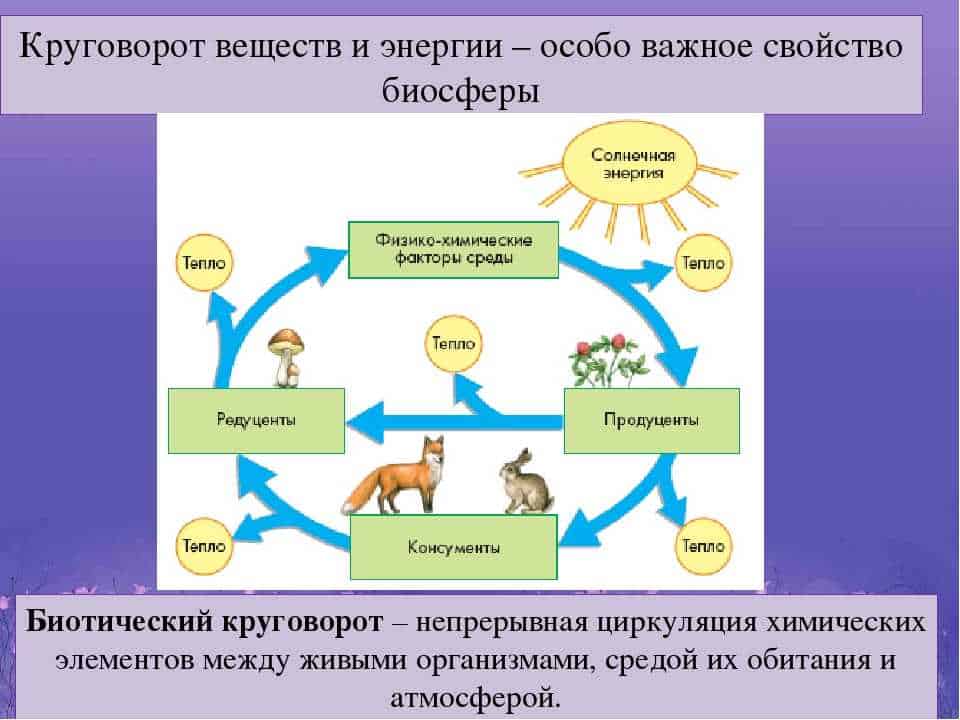
Butterflies play an important role in maintaining biodiversity through their interactions with other organisms in the food chain. They are a food source for many carnivores, including birds, lizards, and insectivorous mammals.
Plants: Butterflies are pollinizers of many plant species. While visiting flowers in search of nectar, they carry pollen from one flower to another, contributing to pollination and plant reproduction.
Predators: Butterflies are also food for many predatory insects, spiders and birds. For example, the young stages of butterflies, such as caterpillars and eggs, serve as a food source for birds that feed on insects.
parasites: Butterflies are also susceptible to attack by parasites such as wasps and parasitic insects. These organisms use butterflies as their host, laying their eggs on caterpillars or pupae. After hatching, parasitic insects feed on the host organism, which can lead to its death.
Competitors: Butterflies also compete for resources with other insects such as bees and other pollinators. Competition can be especially intense when resources such as nectar and oviposition are limited.
The interaction of butterflies with other organisms in the food chain is a complex and important factor in maintaining ecosystems and biodiversity. Without the participation of butterflies in the food chain, many organisms, including plants and predators, would not be able to survive and reproduce.
Butterflies as plant pollinators
Butterflies are important plant pollinators in biodiverse ecosystems. They play a key role in the transfer of pollen between flowers, which aids in the pollination process. While visiting a flower, butterflies accidentally touch the pollen that remains on their bodies or legs.
Butterfly pollination carried out when they visit flowers in search of nectar. Butterflies are attracted to flowers by various factors such as the color, smell, and shape of the flower. They use their long proboscis to reach the nectar inside the flower. In the process of visiting a flower, butterflies accidentally transfer pollen from one flower to another, which contributes to the pollination of plants.
Butterfly pollination has a number of benefits for plants. First, butterflies can fly long distances, which facilitates the transport of pollen over large areas. This helps to increase the genetic diversity of plants and the ability to adapt to changing environmental conditions. Secondly, butterflies prefer to pollinate the flowers of certain plant species, which contributes to the conservation of these species and the maintenance of their population.
Some species of butterflies also play an important role in the pollination of certain plant species that depend on them for their reproduction. For example, some orchids have evolved complex pollination mechanisms that require the participation of certain species of butterflies. Without the participation of these butterflies, plants will not be able to produce seeds and their population will decline.
Thus, butterflies play an important role in pollinating plants and maintaining biodiversity through the food chain. Without their participation, many plant species will not be able to reproduce and their populations will decline, which can lead to ecosystem disruption. Therefore, the protection of butterflies and their habitats is an important task in terms of biodiversity conservation and ecological balance.
Threats to butterflies and implications for biodiversity
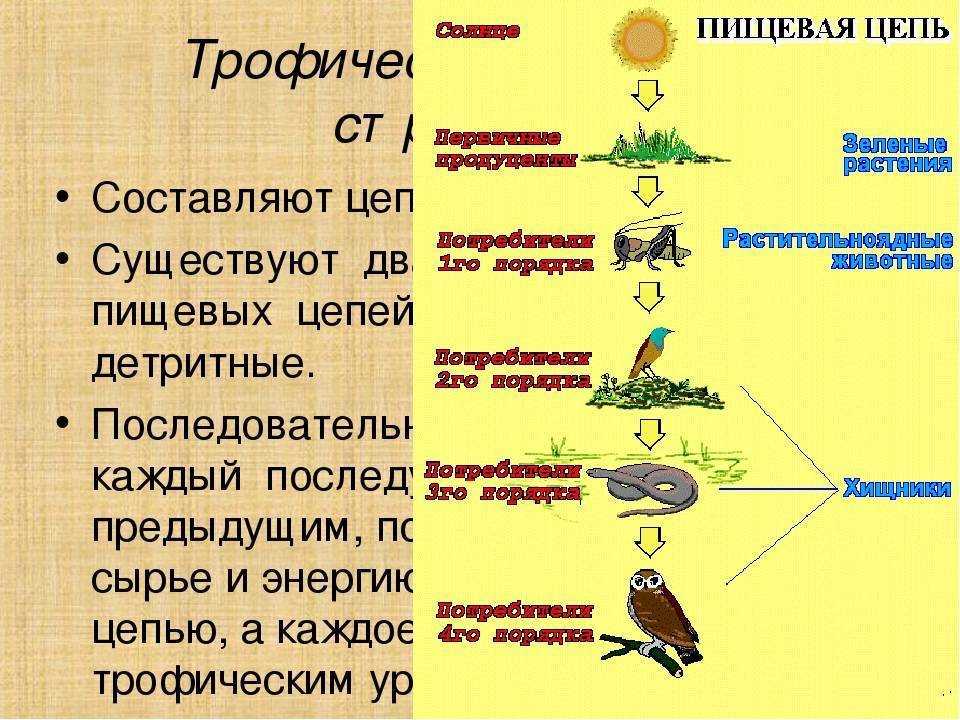
Butterflies are one of the most important links in the food chain and play a significant role in maintaining biodiversity. However, there are a number of threats they face that could have serious implications for biodiversity.
1. Destruction of natural habitat
One of the main threats to butterflies is the destruction of their natural habitat. Development of territories, deforestation and the use of agricultural land lead to the loss of a place for breeding and feeding of butterflies. This leads to a decrease in butterfly populations and a decrease in their numbers.
2. Use of pesticides
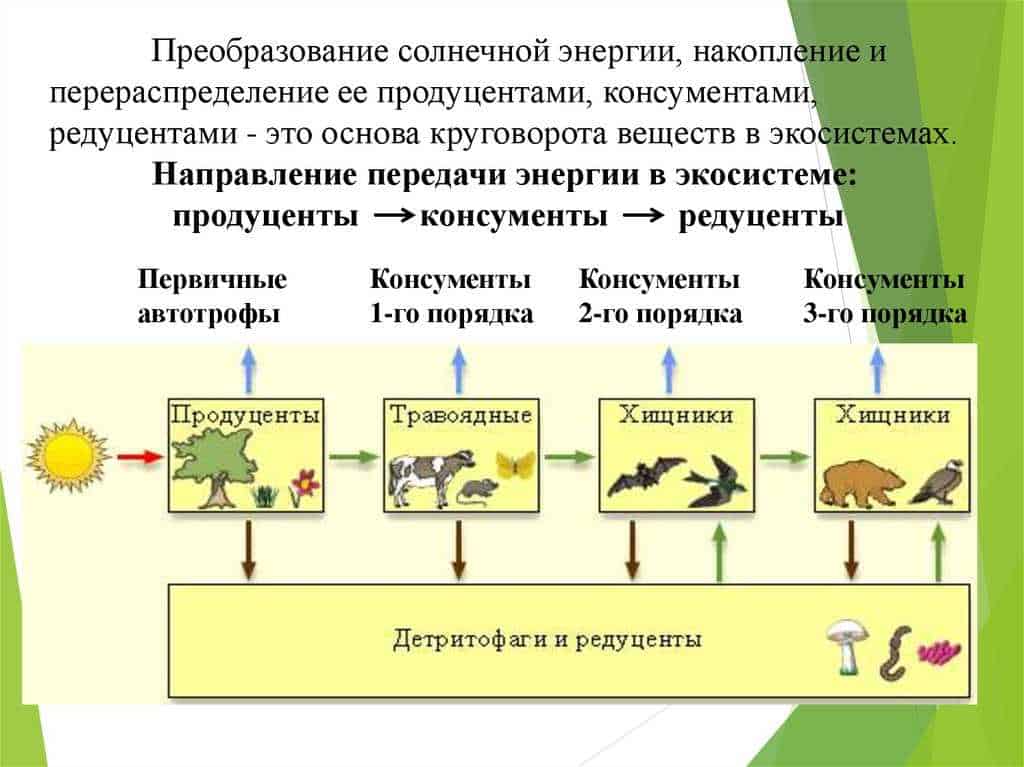
The use of pesticides in agriculture and horticulture is another major threat to butterflies. Pesticides can be toxic to butterflies, causing disease and death in them. In addition, pesticides can negatively affect plants that are a food source for butterflies, which can lead to their starvation and extinction.
3. Climate change
Climate change can also have a negative impact on butterflies and their biodiversity. Changes in temperature, precipitation and seasonality can lead to changes in their living conditions. Some species of butterflies may not cope with the new conditions and die out, which will lead to a reduction in their numbers and a decrease in diversity.
Overall, the threats faced by butterflies can have major implications for biodiversity. A decrease in the number and diversity of butterflies can lead to disruption of food chains and imbalances in ecosystems. Therefore, it is important to take measures to conserve and protect butterflies and their natural habitat in order to maintain biodiversity and ecosystem resilience.
Importance of Butterfly Conservation and Conservation for Biodiversity
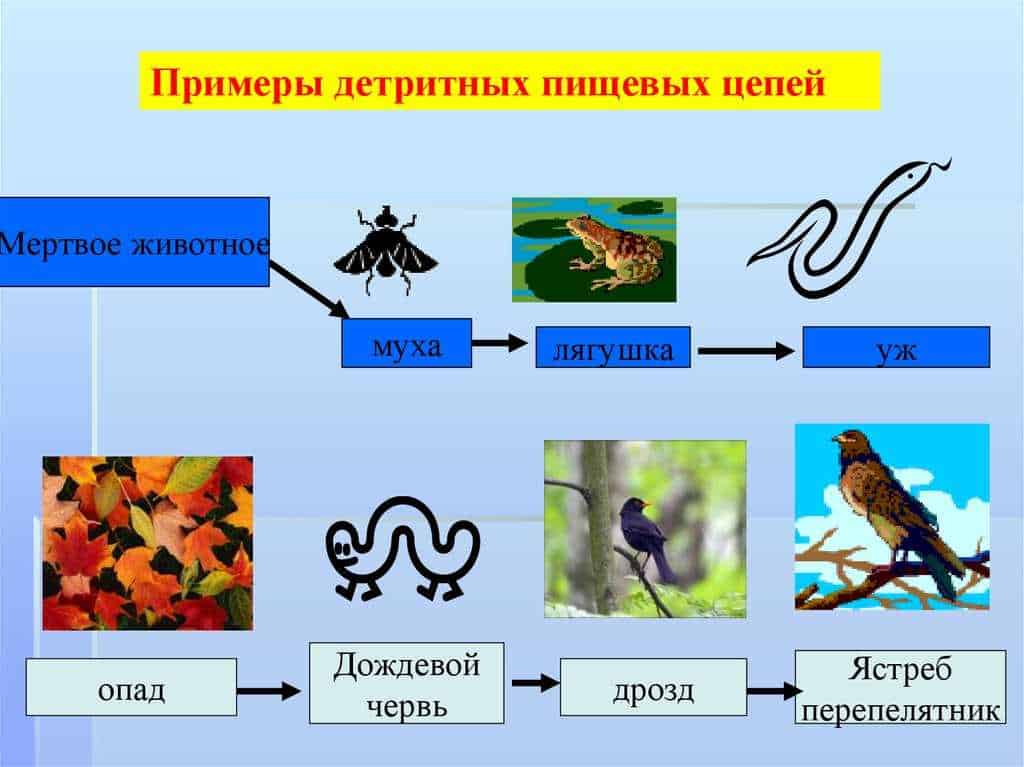
Butterflies are an important part of biodiversity, influencing ecosystems and playing a role in maintaining food chains.
One of the main functions of butterflies is to pollinate plants. Butterflies, visiting flowers in search of nectar, carry pollen from one flower to another. This contributes to the fertilization of plants and reproduction. Without the participation of butterflies, many plant species would not be able to reproduce and would disappear from the ecosystem.
Butterflies also serve as a food source for other animals. Butterfly larvae are food for birds, lizards, frogs and other insectivorous animals. Adult butterflies can also be food for birds and other predators. Therefore, the conservation of the butterfly population is of direct importance for maintaining food chains and balance in nature.
In addition, butterflies are indicators of the state of the environment. They are very sensitive to changes in the quality and quantity of vegetation, as well as to environmental pollution. The decrease in the number and diversity of butterflies may indicate negative impacts on the ecosystem, such as loss of biodiversity and disruption of the ecological balance.
Thus, the protection and conservation of butterflies is important for biodiversity. This helps to maintain food chains, plant pollination and ecological balance in nature. Butterfly conservation efforts should include creating and protecting their habitats, reducing the use of pesticides and pollutants, and educating the public about the importance of butterflies in ecosystems.
The role of man in maintaining biodiversity through the protection of butterflies
Butterflies are important components of biodiversity and their protection plays an important role in maintaining ecosystems. Man, as part of this biodiversity, has the ability to influence the conservation and increase in the number of butterflies.
Creating favorable conditions for butterflies
One of the ways to support biodiversity through the protection of butterflies is to create favorable conditions for their habitat. A person can create special gardens and vegetable gardens, rich in flowers and plants that attract butterflies. Plants such as juvenile, bathing suit, dandelion and motherwort are excellent food sources for butterflies.
Limiting the use of pesticides

One of the main threats to butterflies, especially caterpillars, is the use of pesticides in agriculture and horticulture. To protect butterflies, a person can limit the use of pesticides or avoid them altogether. Instead, biosafe pest control methods can be used, such as the use of insect predators or repellent plants.
Creation of nature reserves and protected areas
Humans can also contribute to the conservation of butterflies through the establishment of reserves and protected areas. This provides a safe place for the butterflies to live and breed, where they can find enough food and shelter. Such measures help to preserve the diversity of butterfly species and prevent their extinction.
In general, the human role in maintaining biodiversity through the protection of butterflies is to create favorable conditions for their habitat, limit the use of pesticides and create reserves and protected areas. These measures help to preserve the diversity of butterfly species and maintain the biological balance in ecosystems.

